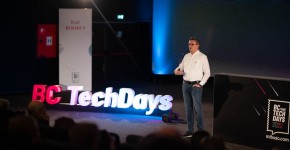How tos
How To increase performance by reducing DB-reads?
- Author
- Alain Krikilion (alias kriki)
- Website
- http://mibuso.com/blogs/kriki
- Date
- 18/09/2007
- Size
- 10,37 KB
- Downloads
-
2609
Detailed statistics
- Downloads today 1
- 30 day downloads 15
- Total downloads 2609
- Overall download rank #301 / 2082
- Today page views 0
- 30 days page views 6
- Total views 17145
- Rating




